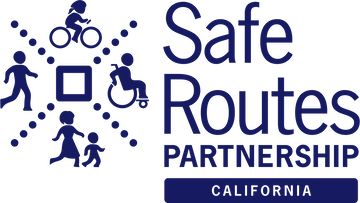Earlier this month, the California Air Resources Board (CARB) released their annual report analyzing investments made within the last year from the Greenhouse Gas Reduction Fund (GGRF) into the Cap & Trade program. The Cap & Trade program works through the auction of pollution credits by businesses and industries, with auction proceeds then being allocated into programs that help offset harms from greenhouse gases (GHGs). The reports highlights outreach efforts made possible from the GGRF and grant programs like the Affordable Housing and Sustainable Communities, Transformative Climate Communities, and Active Transportation Program grants. On the CARB site, geographic breakdowns are disaggregated by region and showcase many different project profiles in Southern, Central and Northern parts of the State. The GGRF investments seemingly benefit strong programs across the state in a diverse region of communities.
However, despite showing a detailed analysis of regional investments on a map, it does not show where pollution credits are coming from. Without this information, it could very well be that low-income areas are disproportionately affected by increased pollution (through businesses there purchasing pollution allowances) that aren’t being offset by pollution-reducing programs. An analysis detailing where concentrations of pollution allowances are being used and where investments go must be examined to gauge the program’s true effectiveness. The Safe Routes Partnership looks forward to helping learn, support and advocate for the implementation of programs funded by GGRF in a way that benefits all regions of the state. To read more about the full report including maps and project profiles, visit CARB’s site here.


